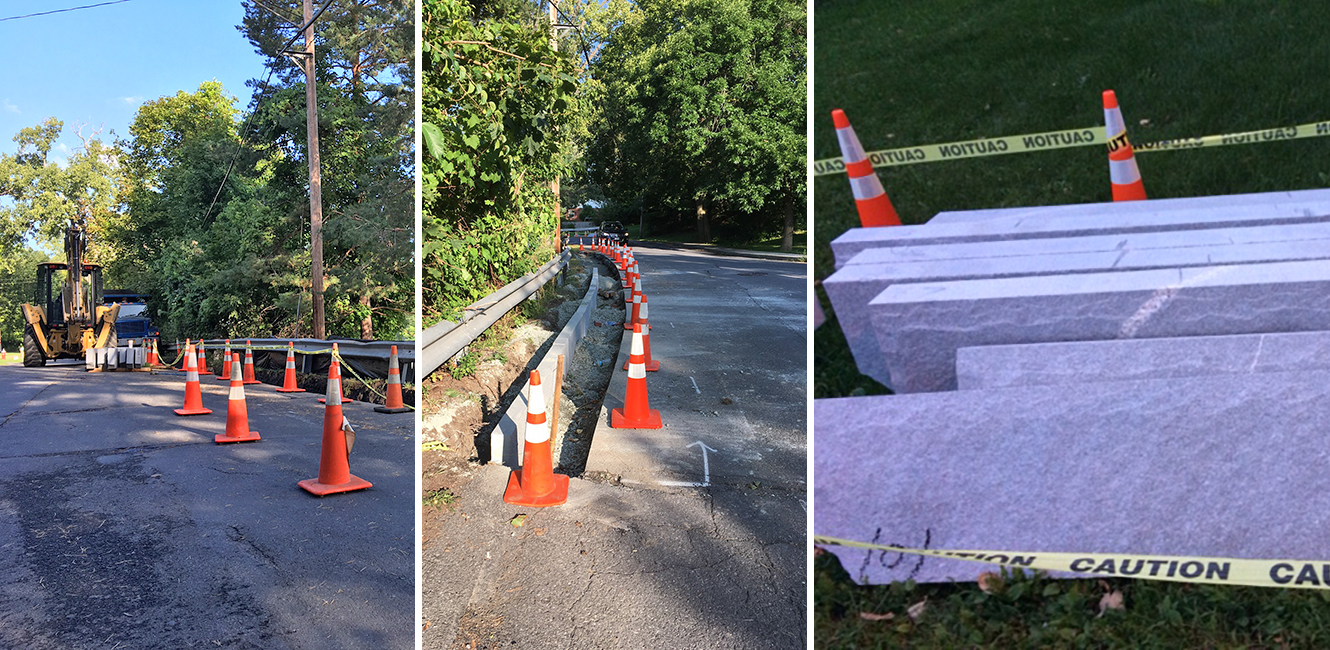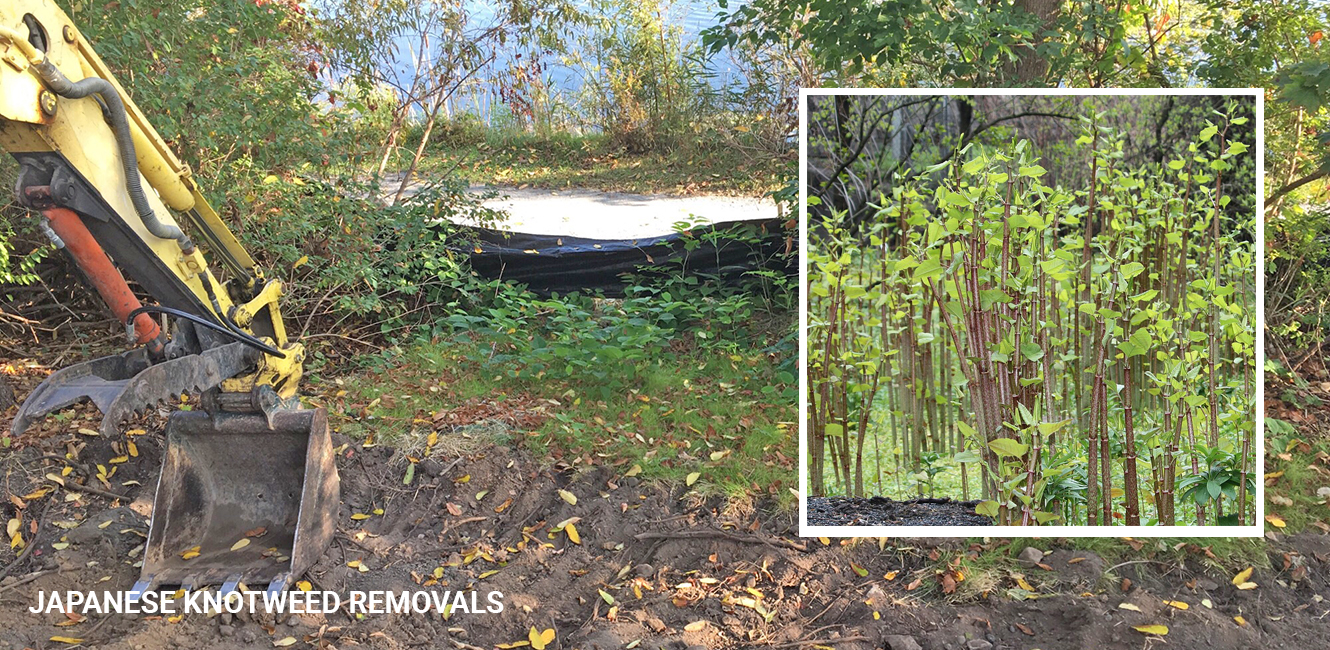We are pleased to report that the Water Department has completed the Phase 1 shoreline stabilization work this year. This work will improve water quality at the pond by adding native species that filter water as it goes in to the pond, and reducing erosion.
The Conservancy raised $10,000 to contribute to this work. The Water Department provided additional financial support, as well as the techical know-how and labor. The need for this work was established in the Lake Management Plan that the Conservancy funded in 2015. It is wondeful to see that plan yielding results, and to get such great support from the City to make it happen.
Here are the highlights of what was done:
- New granite curbing on Berkshire Blvd on the southern side of the pond near Euclid Avenue. That curbing will direct runoff into an existing catch basin. This is hopefully going to address the repeated erosion problem we’ve had near the tree at that entrance to the pond.
- Invasive species were removed from the embankment in two separate areas. The shoreline was stabilized with “coir logs” and cattail plugs were planted into each log with a native buffer of plantings on the embankment behind the coir logs. Species planted were blue flag iris, arrowhead, pickerelweed and sensitive fern. This should increase the filtering of water as it enters the pond, reducing pollutants and particulates in the pond. It also adds to the native plants needed to support our native birds and animals.
- Japanese knotweed in a 40’ by 30’ area along Berkshire Boulevard was excavated. This extremely invasive plant was in only one location at the pond. We have many invasives throughout, but this one was still in a small enough area that we hope we can stop it before it spreads.Clean soil and native plantings were placed on the embankment after removal of the knotweed and roots. To protect the residual trees in the area, the depth of digging was likely not deep enough to remove all the knotweed rhizomes. So we expect to see knotweed sprouts in the spring. Please let us know if/when you see those Japanese knotweed shoots appear – the Water Department has promised to stay with this – it will be a multi‐year battle!
- Soil was removed in the two areas that needed turf re‐establishment. The soil was removed and replaced by new topsoil, seeded, and a turf erosion control mat placed on top of the area.
- The bioengineered shoreline stabilization with the native buffer will improve water quality and enhance habitats and aesthetics. The removal of invasive species improves habitats by removing risk of colonization and competition with beneficial native plants. Installing the reinforcement turf mats will decrease erosion and increase water quality, aesthetics, and bank stabilization.



